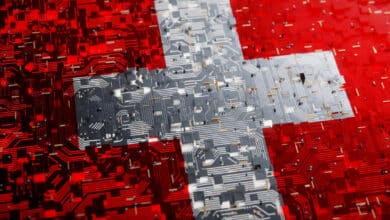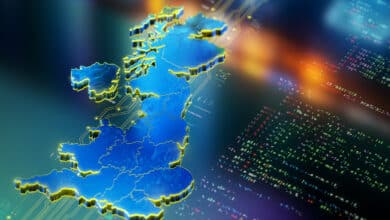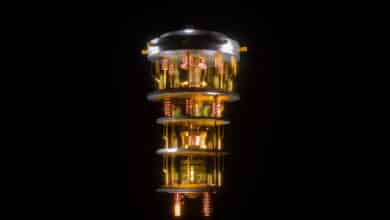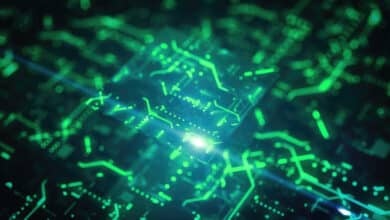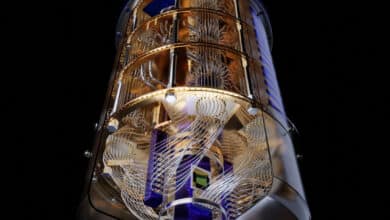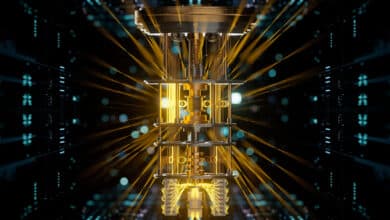Quantum Computing
PostQuantum.com – Industry news and blog on Quantum Computing, Quantum Security, PQC, Post-Quantum, Quantum Tech
-
Quantum Computing Use Cases in Materials & Chemicals
Quantum computing and associated quantum technologies are on the cusp of ushering in a new era for materials science and chemical engineering. After decades of development, the vision is becoming reality. Quantum computers – though still nascent – have already shown they can emulate the quantum behavior of molecules and…
Read More » -
Quantum Technologies and Quantum Computing in Switzerland
Switzerland’s quantum technology ecosystem exemplifies how a combination of academic excellence, proactive government support, and innovative entrepreneurship can make a country a major player in the second quantum revolution. In the span of two decades, Switzerland has built a world-class quantum R&D environment – featuring top universities (ETH, EPFL, Geneva,…
Read More » -
Quantum Technologies & Quantum Computing in the UK
The United Kingdom’s quantum technology initiatives have moved from foundational research into a phase of delivery and implementation. The country’s comprehensive approach – supporting research excellence, investing in infrastructure and industry collaboration, and aligning with national goals in security and economy – provides a strong platform for future success. Over…
Read More » -
The DiVincenzo Criteria: Blueprint for Building a Quantum Computer
Quantum computing promises to revolutionize fields from cybersecurity to drug discovery, but building a functional quantum computer is an immense technical challenge. In the late 1990s, physicist David DiVincenzo outlined a set of conditions - now known as DiVincenzo’s criteria - that any viable quantum computing architecture must satisfy. These…
Read More » -
India’s Quantum Computing and Quantum Technology Initiatives
India’s quantum technology initiatives, though starting later than some global peers, are rapidly gaining traction. The nation is combining its rich legacy in fundamental physics with modern innovation frameworks to advance quantum computing, communications, cryptography, and sensing. The coming years are poised to witness India transitioning from prototyping to implementation:…
Read More » -
The Skill Stack a CISO Needs for Crypto‑Agility and Quantum Readiness
The path to quantum readiness is navigable with the right combination of skills, planning, and proactive execution. By leveraging existing strengths - the people and processes you already have - an enterprise can evolve its cryptographic foundations without needing a phD in quantum physics on staff. In fact, quantum-proofing your…
Read More » -
Quantum Memories in Quantum Networking and Computing
Quantum memories are devices capable of storing quantum states (qubits) in a stable form without collapsing their quantum properties. In essence, a quantum memory is the quantum-mechanical analog of classical computer memory or RAM.
Read More » -
Quantum Technology Use Cases in Energy & Utilities
Quantum technologies matter for energy because many challenges in this sector involve combinatorial optimization and molecular simulation at scales classical computers cannot handle. For example, routing power through a grid with thousands of control decisions or modeling the chemistry inside a battery are tasks that overwhelm today’s fastest supercomputers. Quantum…
Read More » -
Quantum Use Cases in Pharma & Biotech
Quantum computing is poised to become a catalytic force in the global pharmaceuticals and biotechnology industries. Its ability to tackle problems of staggering complexity – whether simulating the quantum behavior of drug molecules, analyzing massive genomic datasets for personalized medicine, or optimizing the myriad decisions in R&D and supply chains…
Read More » -
Quantum Baloney Detection Toolkit
Quantum physics is famously weird and fascinating. Its principles (like superposition and entanglement) defy everyday intuition, which gives quantum technology an almost magical aura. Unfortunately, that same mystique attracts a lot of baloney. From overhyped press releases to outright scams and pseudoscience, “quantum flapdoodle” - as Nobel laureate Murray Gell-Mann…
Read More » -
Fidelity in Quantum Computing
Fidelity in quantum computing measures the accuracy of quantum operations, including how effectively a quantum computer can perform calculations without errors. In quantum systems, noise and decoherence can degrade the coherence of quantum states, leading to errors and reduced computational accuracy. Errors are not just common; they're expected. Quantum states…
Read More » -
Quantum Technology Use Cases in Supply Chain & Logistics
Quantum computing is on the cusp of reshaping the supply chain and logistics sector. Its ability to process information in fundamentally new ways holds the promise of solving the longstanding puzzles of logistics – from finding optimal delivery routes and precise demand forecasts to orchestrating entire global supply networks with…
Read More » -
Quantum Errors and Quantum Error Correction (QEC) Methods
Quantum error correction (QEC) is therefore critical for enabling large-scale or fault-tolerant quantum computing. Fault tolerance means a quantum computer can continue to operate correctly even when individual operations or qubits error out. Unlike classical error correction – which can simply duplicate bits and use majority vote – quantum error…
Read More » -
Neven’s Law: The Doubly Exponential Surge of Quantum Computing
In 2019, Google’s Quantum AI director Hartmut Neven noticed something remarkable: within a matter of months, the computing muscle of Google’s best quantum processors leapt so quickly that classical machines struggled to keep up. This observation gave birth to “Neven’s Law,” a proposed rule of thumb that quantum computing power…
Read More » -
The Toffoli Gate: The Unsung Workhorse in Quantum Codebreaking
Understanding the Toffoli gate’s role isn’t just an academic exercise – it has real implications for when and how quantum computers might break our cryptography. Each Toffoli gate isn’t a single physical operation on today’s hardware; it has to be decomposed into the basic operations a quantum machine can do…
Read More »

